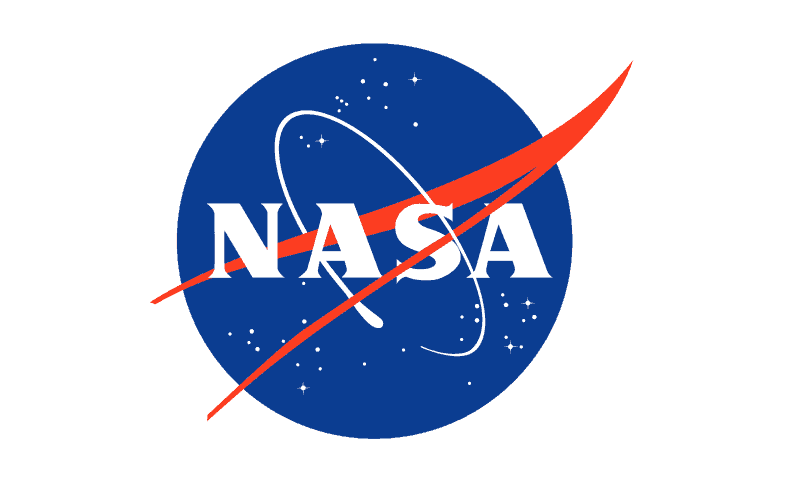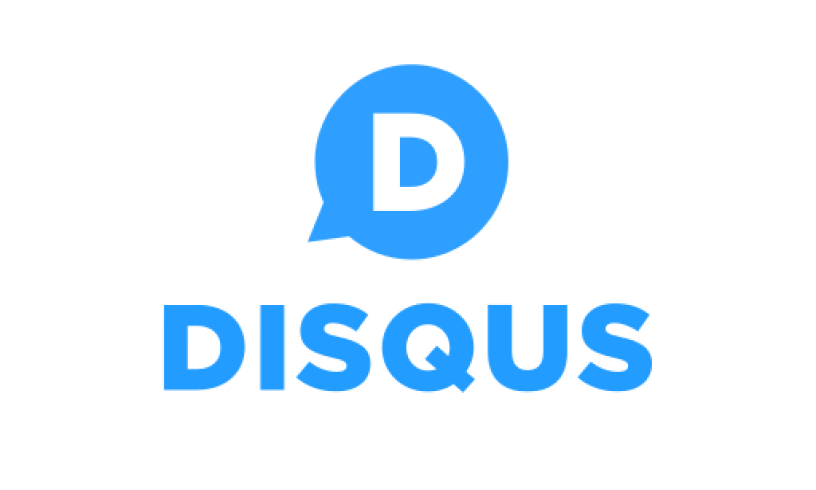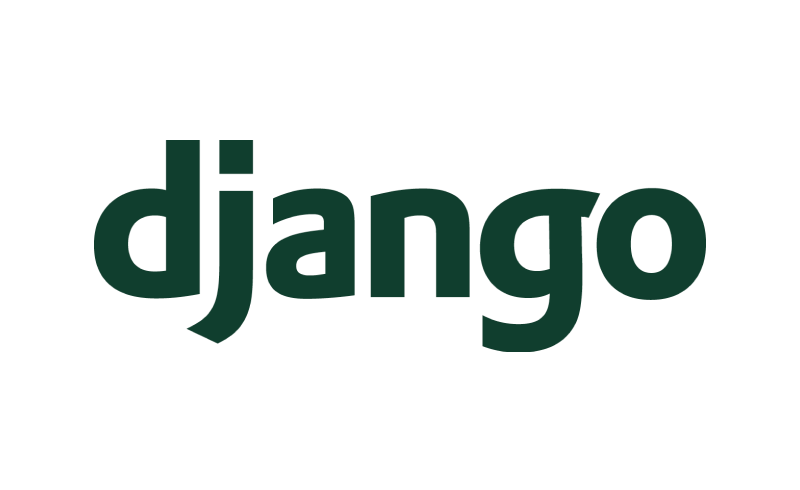Developed in 2003, Django is an open-source framework which utilizes the programming language Python to allow developers to rapidly build secure and manageable web applications and APIs with the use of readily available tools and developer components.
What is Django?
Django is a free, open-source, high-level Python web framework that enables the rapid development of secure and maintainable web platforms and APIs. It takes care of much of the hassle of web development, so developers can focus on writing applications while limiting unnecessary work.
The framework was created in 2003 by a group of developers at the Lawrence Journal-World newspaper, who needed a way to manage their newsroom website in a fast-paced environment. They developed Django as a tool to meet their needs, and released it to the public in 2005. Since then, it has become one of the most popular web frameworks for Python, with a large and active community of developers and users.
How does Django work?
Django follows the Model-View-Template (MVT) architectural pattern, which separates the data model, the user interface, and the control logic. This separation of concerns makes it easier to develop and maintain complex applications.
The popular framework includes a number of features that make it easy to build web applications, including a robust object-relational mapper (ORM) that allows developers to work with databases in an object-oriented way, a built-in development server and a suite of testing tools, and a large and active community of developers who contribute to the Django project.
Features of Django
One of the key features of Django is its emphasis on convention over configuration. This means that it follows a set of established design patterns and best practices, which makes it easier to develop and maintain a Django-based project. It also has a set of built-in features, including a powerful ORM (Object-Relational Mapper) for working with databases, a templating system for rendering dynamic HTML, and support for user authentication and authorization.
Django boasts enhanced security features. It has built-in protection against common web attacks such as cross-site scripting (XSS) and SQL injection, and it also supports secure cookie handling and HTTPS. This makes it a good choice for building applications that handle sensitive data, such as financial or personal information.
Advantages of Django
Ease of use | Django has a simple and intuitive design, making it easy for developers to get started with it. It also has excellent documentation, which makes it easier to learn and use. |
Rapid development | Django was designed to help developers take applications from concept to completion as quickly as possible. It includes a number of features that make it easy to build and maintain web applications, including a robust ORM and a built-in development server. |
Scalability | Django is designed to be scalable, so it can handle high traffic and large amounts of data. |
Security | Django takes security seriously and includes a number of security features out of the box, such as protection against cross-site scripting (XSS) and cross-site request forgery (CSRF) attacks. |
Community support | Django has a large and active community of developers who contribute to the project, providing support, documentation, and a wealth of libraries and tools that can be easily integrated into Django applications. |
Robust ORM | Django’s object-relational mapper (ORM) allows developers to work with database data in an object-oriented way, without having to write SQL queries. This can make it easier to develop and maintain database-driven applications. |
Extensive third-party libraries | Django has a large ecosystem of third-party libraries and tools that can be easily integrated into Django applications. These libraries cover a wide range of functionality, including authentication, forms, testing, and more. |
Good for complex applications | Django is well-suited for developing complex, data-driven applications, such as e-commerce platforms, content management systems, and social networks. It provides a number of tools and features that make it easier to build and maintain these types of applications. |
Disadvantages of Django
Heavyweight | Django includes a lot of features and libraries, which can make it a bit overwhelming for developers who are new to the framework. |
Limited flexibility | Django follows a strict MVT architectural pattern, which can make it difficult to customize certain aspects of the framework. |
Slower performance | Django applications can be slower to run compared to other frameworks, particularly when handling large amounts of data. |
Steep learning curve | While Django is relatively easy to learn, it does have a steep learning curve for developers who are new to the framework. It can take some time to fully understand and master all of its features and libraries. |
Monolithic architecture | Django follows a monolithic architecture, which means that all components of the application are tightly integrated with each other. This can make it more difficult to reuse components or integrate with other systems. |
Limited async support | Django is not designed to support asynchronous programming, which can be a limitation when building applications that need to handle a large number of concurrent requests |
Can be overkill for simple applications | Django is a powerful framework with a lot of features and libraries, which can make it overkill for simple applications that don’t require a lot of functionality. In these cases, a lighter-weight framework may be a better choice. |
“We chose Django because it’s very well documented, has a large user base, and is very extensible. Plus, it’s written in Python, which is a language we like very much.”
– Spokesperson for Instagram
Who uses Django?
Django is used by a wide range of organizations and individuals to build all kinds of web applications. Some examples of companies and organizations that use the framework are:
 | The popular photo-sharing platform was originally built using Django. |
 | The newspaper’s website is built using Django. |
 | The social media platform for discovering and sharing ideas uses Django to power its web application. |
 | The National Aeronautics and Space Administration uses Django to build a number of internal and public-facing applications. |
 | The popular commenting platform uses Django to power its web application. |

